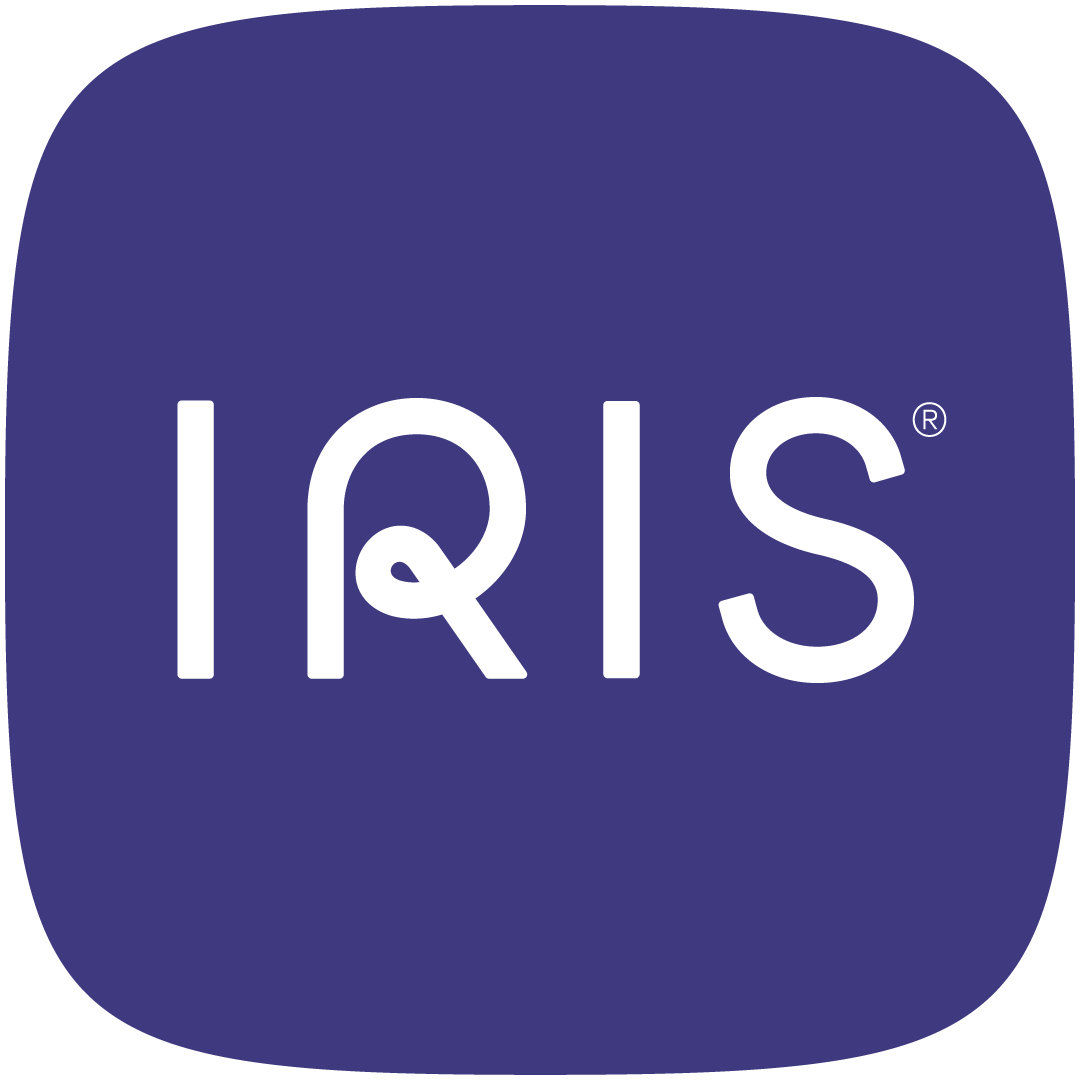Will non-room diversification be the defining trend for F&B in 2025?
As we look ahead to 2025, we predict the headline approach for many operators will be diversification when it comes to driving guest loyalty, engagement, bookings and revenue. Diversification not just in terms of ancillary revenue channels, but also differentiating and personalising the content and online ordering experience available to guests and how they browse, select, book and pay.
As average daily rates (ADRs) peak, operators will increasingly look to expand their revenue capabilities beyond the guestroom and adopt a creative and strategic approach to achieve just that. This clear shift toward non-room profitability will be a central focus in 2025, as hotels look for ways to maximise the value of every square foot of their property and enrich the guest experience.
So how can operators expand non-room revenue and where will the opportunities for revenue growth beyond rooms be in the year ahead?
1. Expanding mobile ordering beyond the room
Hotels have been successfully expanding their mobile ordering capabilities beyond in-room dining to offer digital ordering and dining in coffee shops, pool decks, lobbies, and conference and meeting spaces for some time now. All of which appeal to a broad cross-section of guest segments, not least the growing demographic of hybrid, digital nomad workers who maintain high demand for such venues and Gen Z and Millennial travellers who expect (and prefer) to manage their stay digitally. By investing in more mobile ordering outlets, operators are able to provide more convenient and often more casual dining options, enhance the experience for these guests and in turn grow their guest spend without adding operational complexity.
Hand in hand with this, as well as the opportunity to boost out-of-room dining and revenue within the property, is the opportunity to boost F&B sales outside the property by targeting local offices and businesses. Accessible QR code menus can be readily available to local residents and office staff who can scan, order, pay and pick up F&B items from the hotel, thereby driving additional revenue.
2. Driving F&B revenue through authenticity
and flexibility
Hand in hand with the growth of outlets will also be growth in the focus on F&B as a core revenue stream with the potential to outperform room sales. This looks set to be characterised by a focus on creating more local, authentic menus and partnering with local producers to support wider sustainability goals and satisfying guest’s appetites to experience local culture and cuisine. As F&B menus therefore become ever more diverse, so too will be dining experiences, whether that be hosting pop-ups, introducing specialist menus or extending the lobby and reception areas to be more welcoming for hybrid and remote workers, to name just a few approaches.
Likewise as a recent survey from the American Hotel & Lodging Association (AHLA) reports 76% of hotels are facing staffing shortages, more flexible, self-service dining setups are also being utilised as a solution to this challenge.
More flexibility that enables the guest to drive their own journey in terms of viewing, ordering and paying for F&B items is allowing hotels to facilitate a higher volume of guests with a swifter turnover rate whilst driving revenue and not overburdening kitchen or front-of-house staff at the same time.
3. Greater engagement with the local community
As well as growing the F&B offer, building relations with the local community also looks set to be one of the popular ways to further drive out-of-room revenue.
Whether that be offering local businesses discounts or added value offers when they choose to use a lobby or MICE space with a complimentary round of coffees, hosting Happy Hours for local workers, or showcasing local artists and charities to both local residents and tourists to once again diversify the hotel offer whilst creating a sense of community and expanding non-room revenue streams.
4. Personalised guest menus
One theme that will be one to watch will be the personalisation of guest menus and content to facilitate out-of-room revenue channels. Increasingly guests are turning to mobile ordering and this shows no sign of abating in 2025. Whilst guests are more willing than ever to browse, order and pay from the palm of their hand there has been a marked shift in guest expectations of what is available to them when they engage online.
The requirement for a guest to personalise their menu options either by allergy or other preference, pay separately or as part of a group, view new items and amend language preference is set for significant growth in demand.
Likewise, hoteliers can swiftly adapt a menu or create a new one to suit a particular group of guests or to accommodate a one-off event.
This means operators will need to adopt a more dynamic approach to the content that is available not just to guests but also to staff so that they are fully equipped to deliver exceptional service and exceed such expectations in the year ahead, which undoubtedly will grow and diversify even further. Just how diverse and rich hotel F&B content will be, time will tell.
This article first appeared in Hospitality Technology here.
To find out more about how IRIS can elevate your F&B revenue and free up staff time please click here.
Check out our ‘The Hotelier's Guide to Choosing a Digital F&B Ordering Platform’ eBook here.
Book a customised Demo to see what's possible for your hotel.






